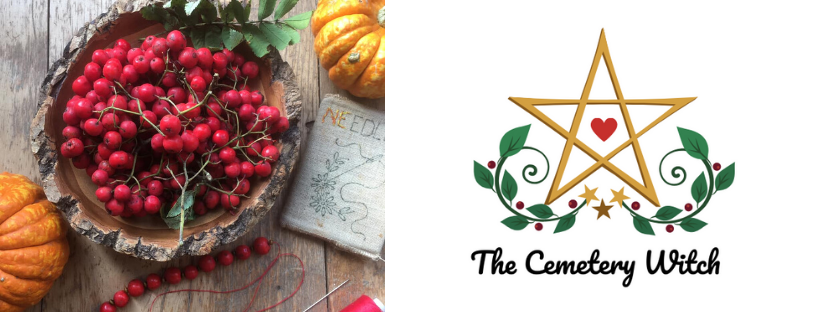A blessed Autumn Equinox everyone!
I didn’t observe it at the official time of 02:03 this morning, I was happily tucked up in bed.
Some people refer to this festival as Mabon, a name which was adopted in 1974 from Welsh mythology, but it has little to do with the Autumn Equinox. Mabon is taken from Mabon ap Modron, which means “Son, son of Mother.”
Using the name “Mabon” came into usage when Aidan Kelly tried to find a myth associated with autumn, in the same way that some associate Kore (Persephone) with spring. Some Welsh people dislike this appropriation of their mythology, and it takes away from the figure of Mabon ap Modron, so I tend to avoid the term where possible.
The Equinoxes appear twice a year. In the Northern Hemisphere, the Spring (or “Vernal”) Equinox happens around the 20th March, and the Autumn Equinox falls around the 22nd September.
The Equinoxes appear between the Solstices, and mark the point at which the Sun crosses the equator’s path, and becomes positioned exactly above the equator. They are a tipping point. Although the days started getting shorter at the Summer Solstice, we are now surpassing the point of balance and the nights will become longer than the days. The process starts all over again at the Winter Solstice, and at the Spring Equinox the days will start to be longer than the nights.
During the Equinox the day and night are roughly the same length - they are nearly equal. A few days after the Autumn Equinox we have the Equilux - when the day and night are exactly equal. The Equilux in March happens a few days before the Spring Equinox.
Equi = equal
Nox = night
Lux = light
I love the solstices and equinoxes for their astronomical roles in our calendar. The extremes - the longest and shortest days (the solstices), with the balanced and liminal days in between (the equinoxes).
Today we had Sunrise at 0650hrs, and Sunset will be at 1900hrs, so the descent towards darkness is quite marked now.
Wishing you many autumnal blessings from my home to yours.
